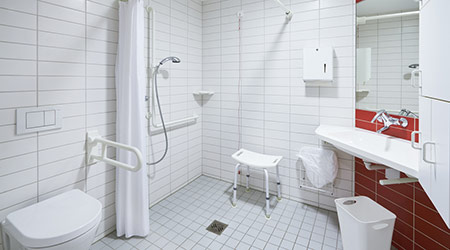
Patient safety is top of mind and as patients get older and heavier
December 28, 2018
Topic Area: Architecture
 Building Sustainable Healthcare for an Aging Population
Building Sustainable Healthcare for an Aging PopulationTraditional responses — building more primary and secondary care facilities — are no longer sustainable.
 Froedtert ThedaCare Announces Opening of ThedaCare Medical Center-Oshkosh
Froedtert ThedaCare Announces Opening of ThedaCare Medical Center-OshkoshThe organization broke ground on the health campus in March 2024.
 Touchmark Acquires The Hacienda at Georgetown Senior Living Facility
Touchmark Acquires The Hacienda at Georgetown Senior Living FacilityThe facility will now be known as Touchmark at Georgetown.
 Contaminants Under Foot: A Closer Look at Patient Room Floors
Contaminants Under Foot: A Closer Look at Patient Room FloorsSo-called dust bunnies on hospital room floors contain dust particles that turn out to be the major source of the bacteria humans breathe.
 Power Outages Largely Driven by Extreme Weather Events
Power Outages Largely Driven by Extreme Weather EventsAlmost half of power outages in the United States were caused by extreme weather events.